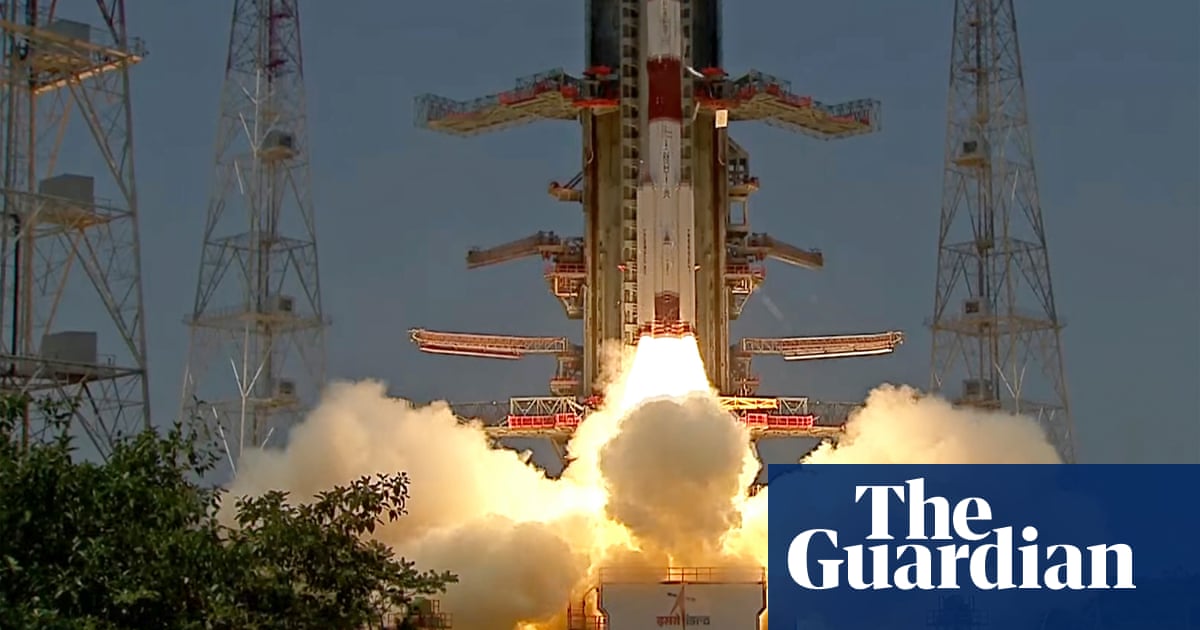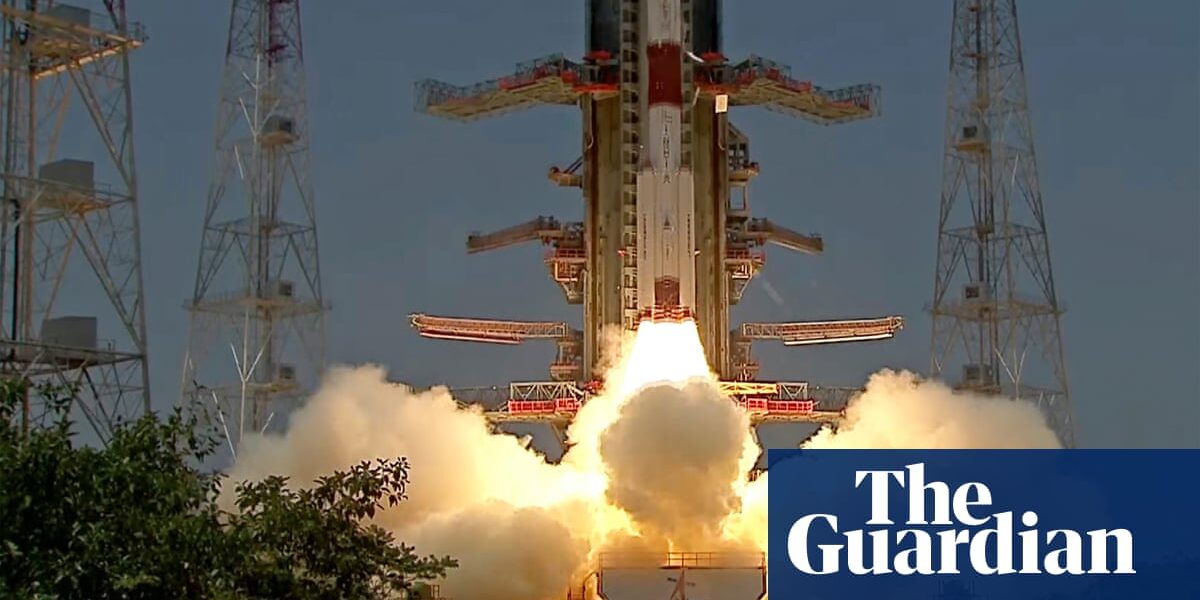
India’s solar exploration mission has successfully reached the sun’s orbit after a four-month trip, marking another achievement for the country’s space exploration efforts as the most populous nation in the world.
The Aditya-L1 mission was initiated in September and is equipped with a variety of tools to calculate and study the outermost layers of the sun.
The Indian minister responsible for science and technology, Jitendra Singh, announced on social media that the investigation has successfully reached its designated orbit, with the purpose of uncovering the enigmas of the relationship between the sun and Earth.
In the 1960s, NASA’s Pioneer program was the first of many missions sent by the US and the European Space Agency to study the center of the solar system. Additionally, Japan and China have also launched their own missions to observe the sun from Earth’s orbit.
The most recent endeavor of the Indian Space Research Organisation is the inaugural one in Asia to be successfully positioned in orbit around the sun.
India’s leader, Narendra Modi, praised it as a significant achievement in the nation’s space exploration. He shared on social media, “This is proof of our scientists’ unwavering commitment.” He also stated their intention to further explore scientific advancements for the betterment of humanity.
Aditya, which is named after a Hindu god associated with the sun, has journeyed 932,000 miles (1.5 million kilometers) from Earth, but this is only 1% of the total distance between Earth and the sun. It has reached a point where the gravitational pull of both objects balance each other, allowing it to maintain a stable orbit around the sun.
The spacecraft, estimated to have a price tag of $48 million (£38 million), is designed to observe coronal mass ejections. These events occur regularly and involve the release of large amounts of plasma and magnetic energy from the sun’s atmosphere. Their strength is such that they can reach Earth and interfere with satellite functioning.
The objective of the mission is to gain insight into the movements of various solar events by capturing images and gathering data on particles in the sun’s outermost layer.
India has a comparatively low-budget space programme, but one that has grown in size and momentum since it first sent a probe to orbit the moon in 2008. In August last year, India became the first country to land an uncrewed craft near the largely unexplored lunar south pole, and the fourth country to land on the moon.
In 2014, India achieved the milestone of becoming the first Asian country to successfully place a spacecraft in orbit around Mars. The country also has plans to launch a three-day manned mission into Earth’s orbit later this year.
India is also scheduling a collaborative endeavor with Japan to launch a new spacecraft to the moon by 2025 and a mission to orbit Venus within the next 2 years.
Source: theguardian.com


